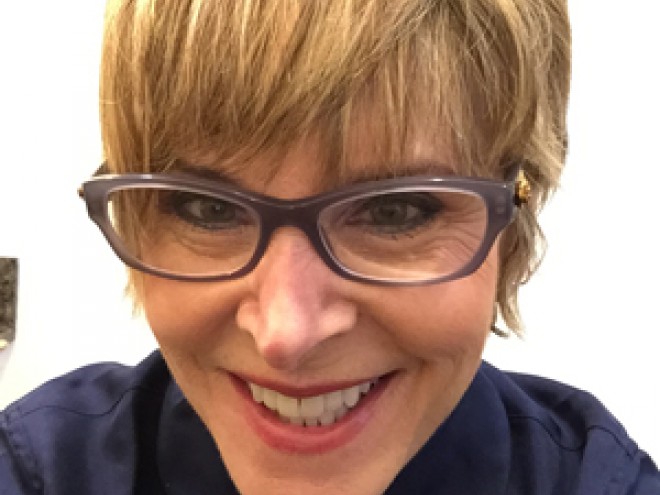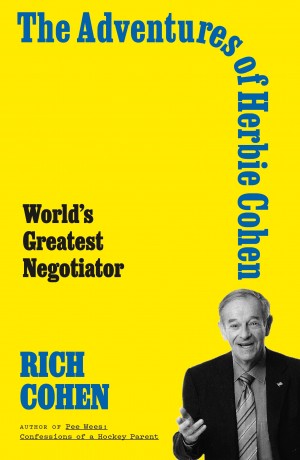This wonderful biography of a forgotten American financier contains multitudes. Besides being a real-life, rags-to-riches story, it describes an immigrant experience that doesn’t fit the stereotypes. It’s also a kind of cautionary tale that vividly captures the eras and the places where its events take place.
A boy named Sam Kaufman came to America well before the mass Jewish migration of 1880 – 1920, traveling from Bavaria in 1850 at the age of thirteen. Rather than settling in a major city, as so many Jews did, he became an itinerant peddler in Michigan’s Upper Peninsula. He later set up shop in Marquette, where his son Louis Graveraet (“LG”) Kaufman later worked at the Marquette County Savings Bank. LG, who was shrewd and ambitious, was friendly with the bank’s founder through the local Masonic Lodge. At the right moment he boldly offered to buy the bank. It became a brilliant success, and Louis went on to marry the daughter of one of the richest men in Chicago. He also joined Grace Episcopal Church.
In 1910, LG accepted an offer to serve as president of the Chatham National Bank in New York, which eventually grew to be fifty times larger under his leadership. It was also the first national bank in New York ever to have branches, among other innovations. LG bought a villa in Palm Beach for $100,000 — about $1.8 million in today’s dollars — in addition to his enormous family lodge in Michigan and his sprawling New York apartment at 270 Park Avenue. He socialized with celebrities like George Gershwin, Lionel Barrymore, Mary Pickford, and Fred Astaire. And he had extraordinary influence in business, including a key role in the acquisition of General Motors by Chevrolet.
LG Kaufman’s most grandiose act was also his undoing. In 1929, developers were talking about constructing a skyscraper even taller than the seventy-seven-story Chrysler Building. Former New York Governor Al Smith suggested naming the new structure the Empire State Building. Kaufman committed the bank to the project, expecting that the tallest building in the world would attract many eager occupants. He could not have known that the great stock market crash later that year would reduce leasing demand to almost zero. His bank provided today’s equivalent of hundreds of millions of dollars in financing, expecting rental income that never materialized.
Ann Berman tells these stories in a delightfully conversational style, as if she were writing a personal letter to the reader. She vividly evokes the places where the events took place, from business offices in New York to mosquito-filled summers near Lake Superior, as well as the people involved. What’s more, she is as attentive to the details of business as she is empathetic with the people she writes about. It’s a treat from start to finish.
Bob Goldfarb is President Emeritus of Jewish Creativity International.





